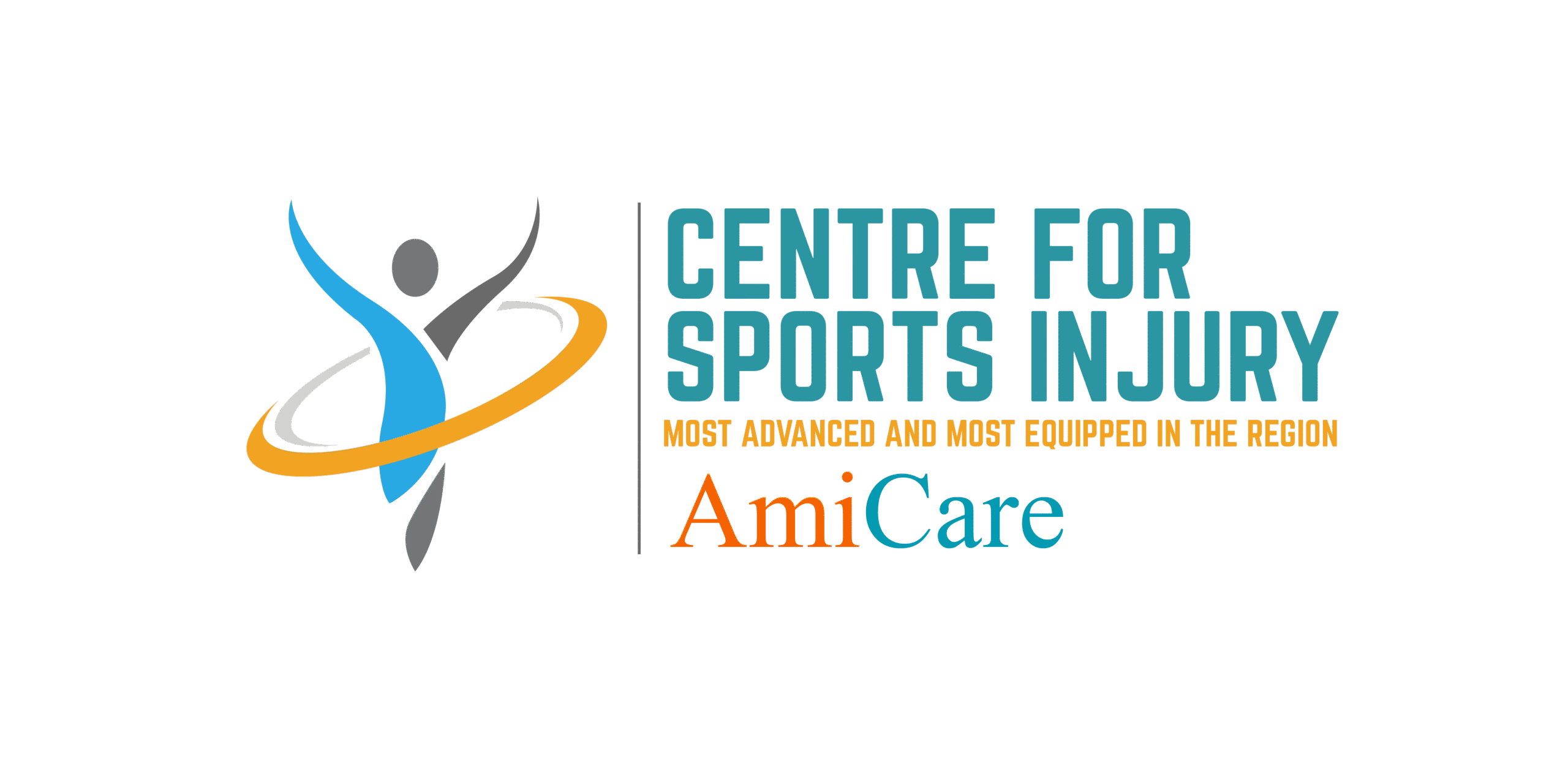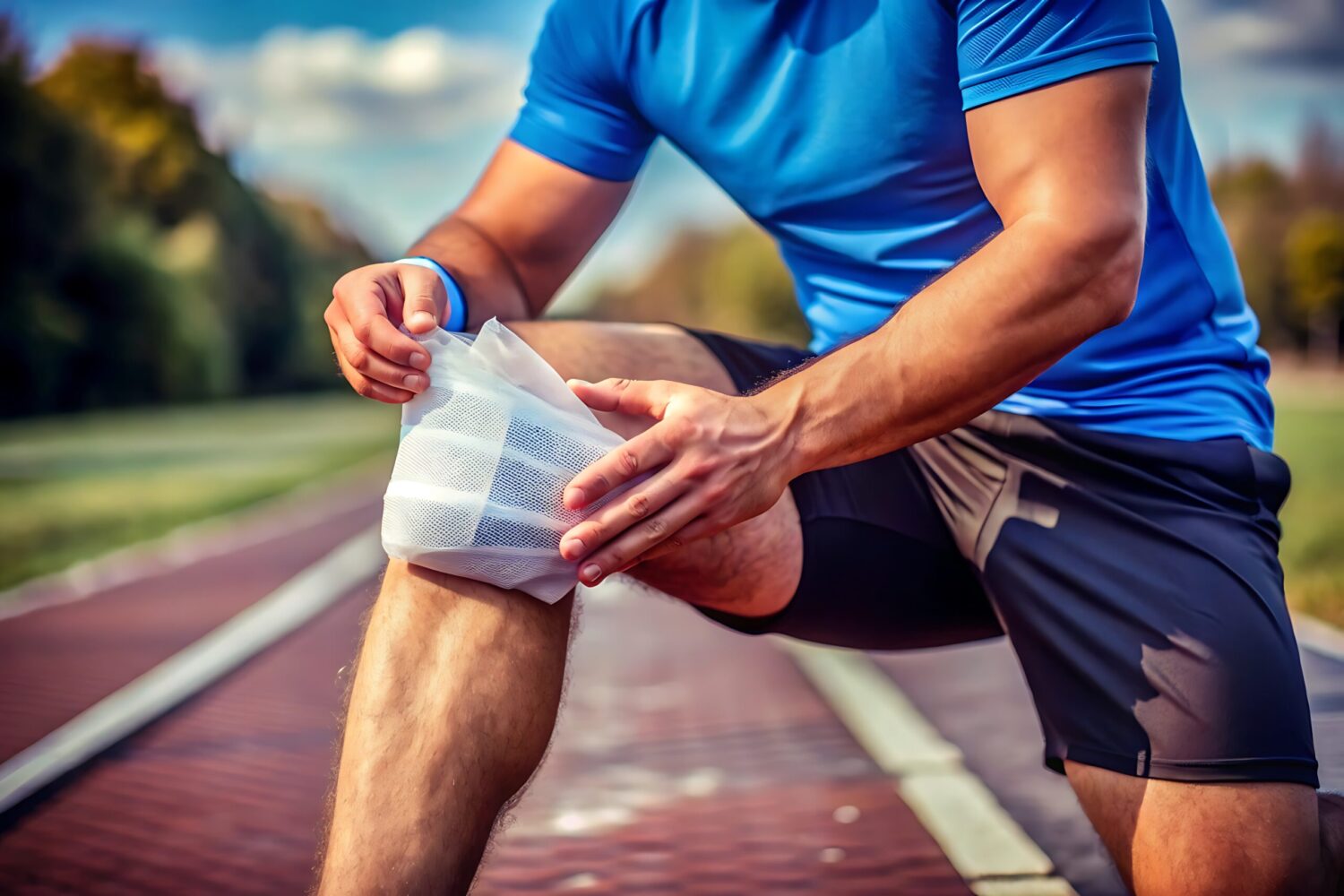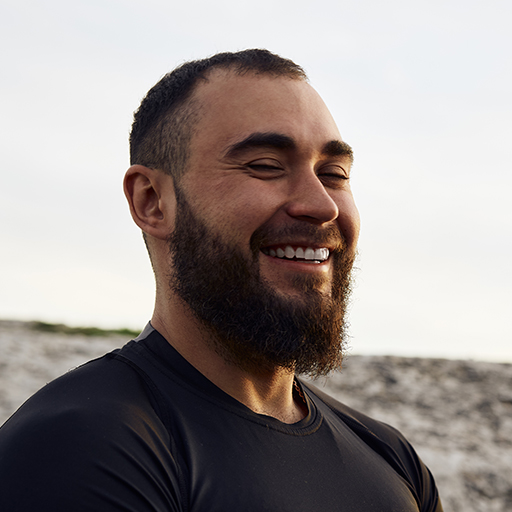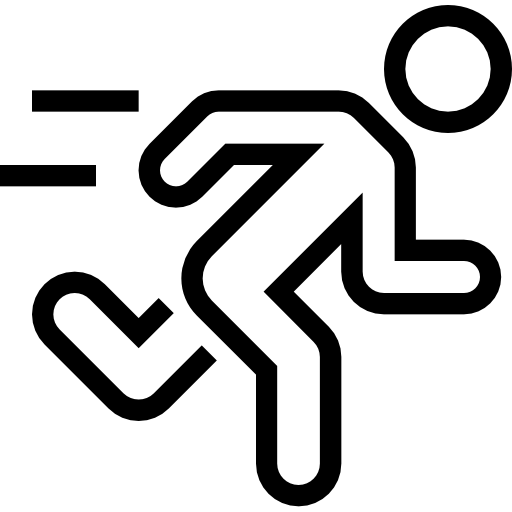Shoulder Dislocation
Shoulder Arthroscopy in Ghaziabad – Minimally Invasive Surgery for Shoulder Pain & Injuries
Shoulder arthroscopy is a modern surgical technique that has transformed the way doctors treat shoulder problems, offering a less invasive alternative to traditional open surgery. It is particularly effective for conditions such as persistent shoulder pain, rotator cuff tears, frozen shoulder, dislocations, and joint degeneration.
By using a tiny camera and precision surgical instruments inserted through small incisions, this procedure enables faster healing, reduced scarring, and a quicker return to daily activities.
In Ghaziabad and across Delhi NCR, Dr. Himanshu Gupta is one of the most trusted orthopedic surgeons and shoulder specialists, known for his expertise in arthroscopic techniques. His patient-focused approach, accurate diagnosis, and personalized rehabilitation plans ensure the best possible recovery and long-term results.
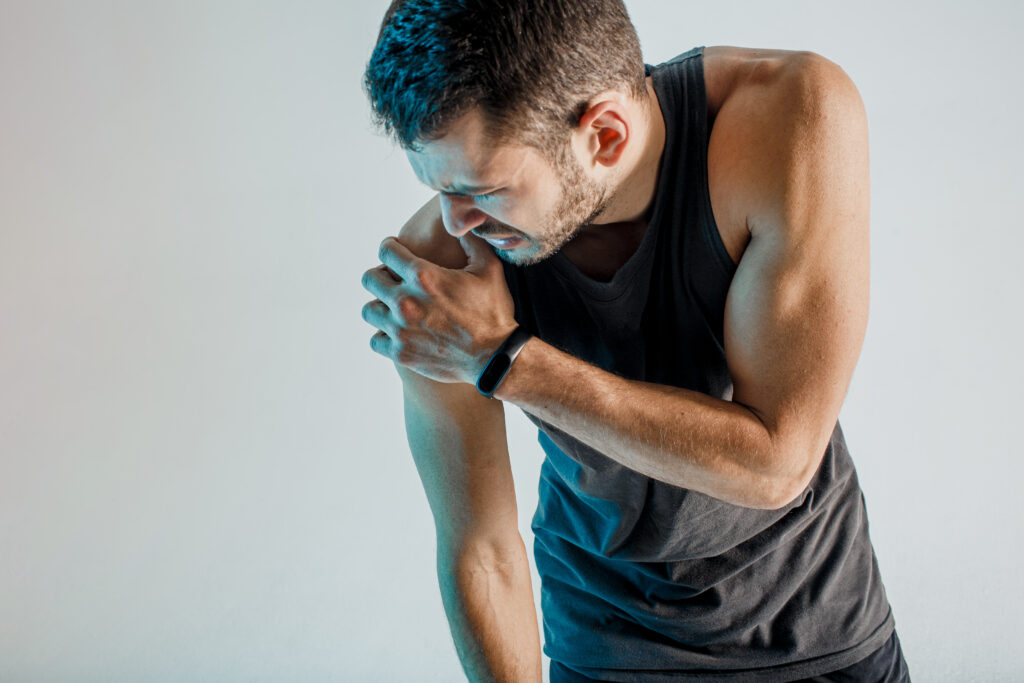
What Is Shoulder Arthroscopy?
Shoulder arthroscopy involves inserting an arthroscope — a thin, tube-like camera — into the shoulder joint through small incisions. This device projects a detailed view of the joint onto a monitor, allowing the surgeon to assess damage and perform repairs with specialized instruments.
Benefits of the Minimally Invasive Approach
Because the incisions are small, arthroscopy offers several advantages over open surgery:
- Less tissue damage – Minimal disruption to muscles and tendons.
- Reduced pain and swelling – Faster recovery with less discomfort.
- Shorter healing time – Quicker return to normal activities.
- Smaller scars – Minimal cosmetic impact.
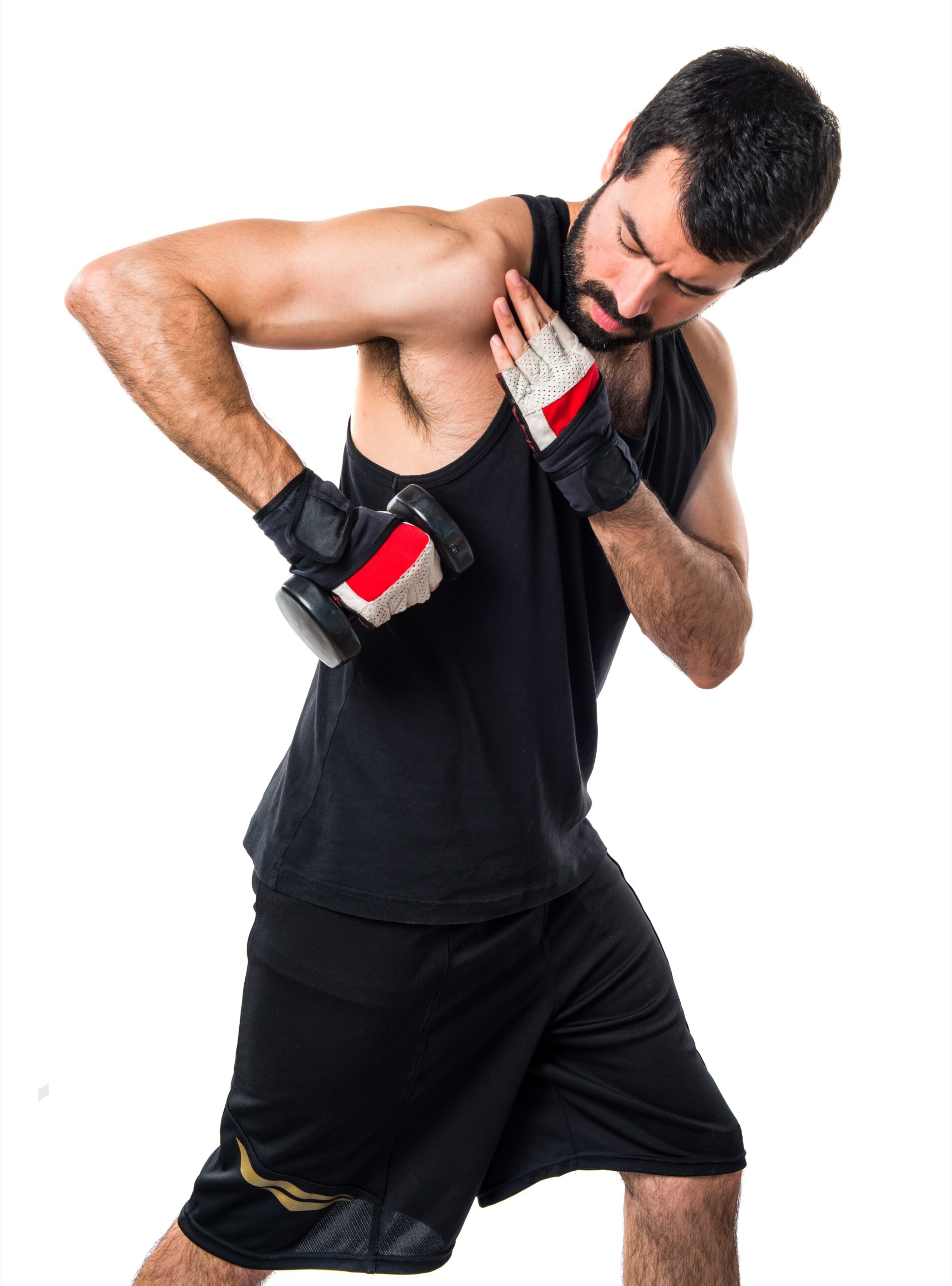
Notice the Signs Before It’s Serious
Know the signs of shoulder arthroscopy before it’s too late.
Sudden Knee Pain or Swelling
Sharp pain or visible swelling develops shortly after a fall, heavy lift, or sudden arm movement.
A Sharp “Pop” Sound
You may feel or hear a click/popping sound when moving the arm, especially during overhead activities.
Instability in the Knee
Your shoulder may feel loose, like it could slip out of place, or be unable to bear weight during lifting or rotation.
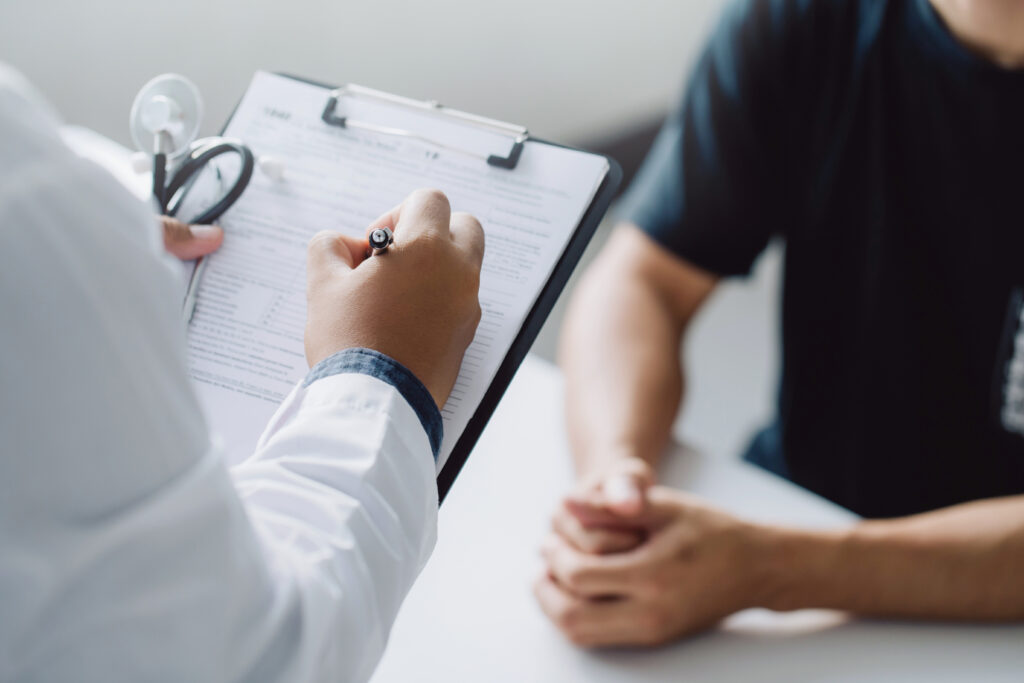
Common Shoulder Conditions Treated with Arthroscopy
Dr. Himanshu Gupta uses shoulder arthroscopy to manage a wide range of injuries and degenerative conditions:
- Rotator cuff tears (partial or complete)
- Labral tears – Including SLAP (Superior Labrum Anterior and Posterior) tears
- Frozen shoulder (adhesive capsulitis)
- Bone spurs – That irritate or damage surrounding tissues
- Shoulder instability and recurrent dislocations
- Tendonitis – Inflammation of tendons from overuse or injury
Cartilage injuries – Due to trauma or arthritis
ACL Injury & Reconstruction Surgery

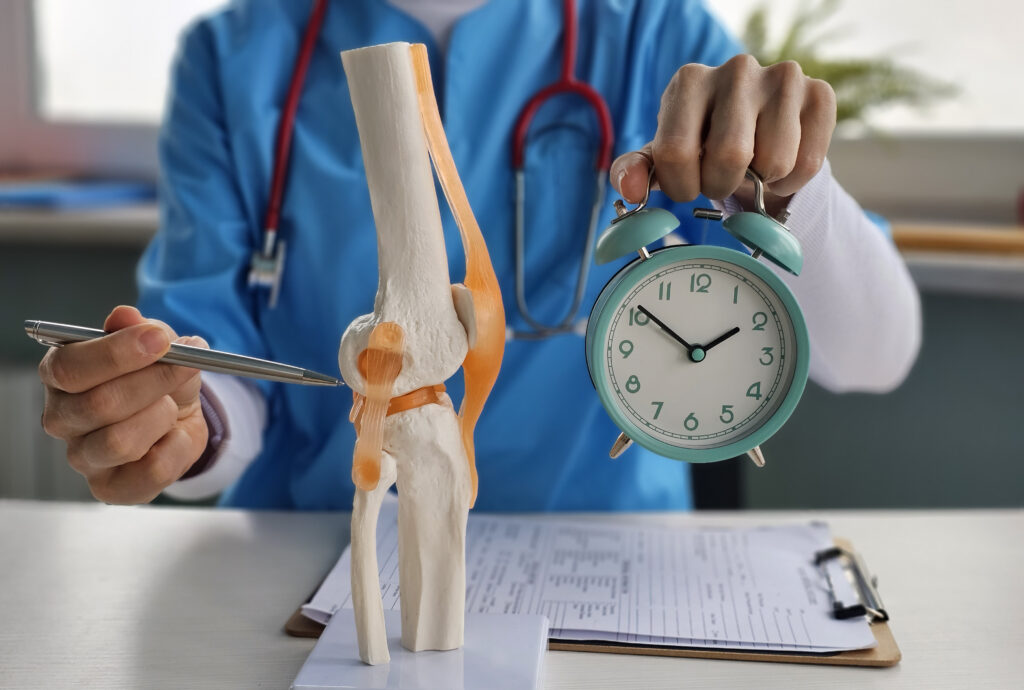
Expertise in Rotator Cuff Repair
Arthroscopic rotator cuff repair is one of Dr. Gupta’s most frequently performed procedures. This surgery restores torn tendons in the shoulder, often caused by:
- Sports injuries
- Accidents or falls
- Age-related wear and tear
Why Choose Dr. Himanshu Gupta for Shoulder Arthroscopy in Ghaziabad?
With extensive training in sports injury management and minimally invasive surgery, Dr. Gupta is recognized for his precision, attention to detail, and commitment to each patient’s recovery journey.

Expertise in Rotator Cuff Repair
- Sports injuries
- Accidents or falls
- Age-related wear and tear
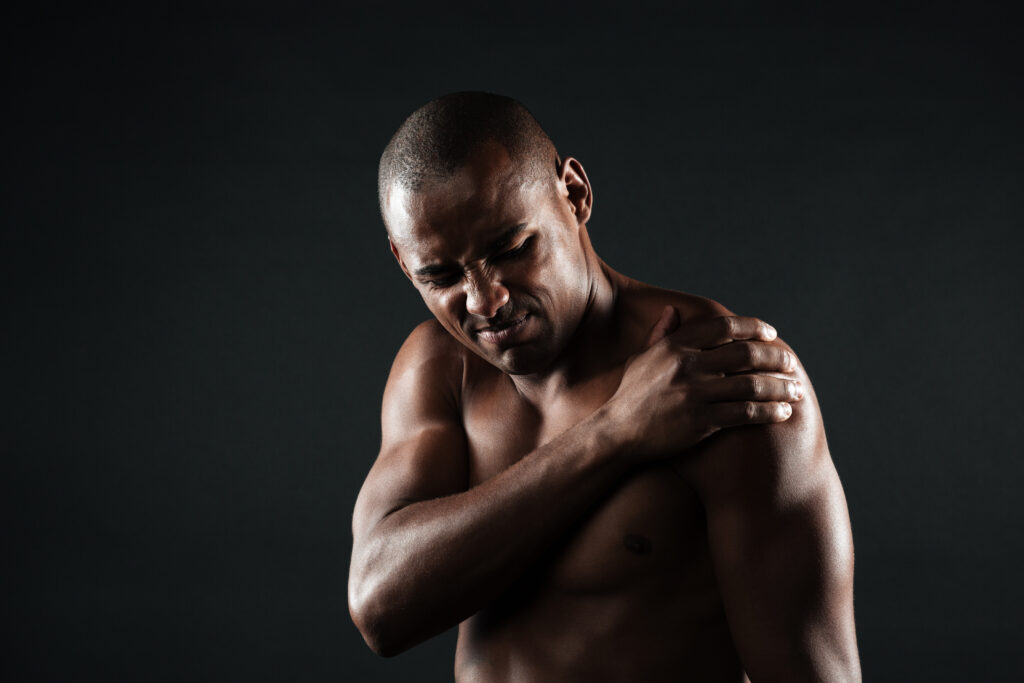
Specialized in Complex Shoulder Cases
- Recurrent shoulder dislocations
- SLAP tear repairs
- Arthroscopic treatment of arthritis and cartilage damage
Non-Surgical Treatment Options
Common steps in treatment include:
Diagnosis & Planning – Detailed imaging (MRI, X-ray) to identify the exact problem inside the joint.
Arthroscopic Repair – Through keyhole incisions, the surgeon repairs torn ligaments, tendons, or removes loose cartilage.
Immobilization – A sling may be worn for 1–3 weeks to protect the repaired tissues.
Pain & Swelling Management – Ice therapy, prescribed medications, and rest to control discomfort.
Physiotherapy – Gradual exercises to restore flexibility, followed by strengthening to ensure joint stability.
Important: Following the rehab plan strictly is crucial for full recovery and to prevent future injuries.
WHY CHOOSE SHOULDER ARTHROSCOPY?
The table below outlines how shoulder arthroscopy works, who it’s for, recovery time, benefits, and limitations to help patients make an informed choice. Always consult an orthopedic specialist for a personalized treatment plan.
| Treatment Option | How It Works | Ideal Candidates | Recovery Time | Key Benefits | |
|---|---|---|---|---|---|
| Shoulder Arthroscopy | Minimally invasive surgical technique using a small camera and instruments inserted through tiny incisions to repair ligaments, tendons, cartilage, or remove damaged tissue. | Patients with labral tears, rotator cuff injuries, ligament damage, or chronic instability not responding to conservative treatments. | 3–6 months (depending on repair type and rehab compliance) | Less invasive than open surgery, reduced scarring, quicker initial recovery, precise diagnosis and treatment, lower inf |
Recovery After Shoulder Arthroscopy
Recovery time varies depending on the procedure performed, the patient’s age, and overall health.
Typical Recovery Timeline
- Week 1–2 – Sling support, pain control, and gentle range-of-motion exercises to prevent stiffness.
Week 3–6 – Begin physiotherapy under expert supervision to restore movement.
Month 2–3 – Focus on strengthening shoulder muscles and improving mobility.
Month 4–6 – Gradual return to sports, lifting, and unrestricted activities.
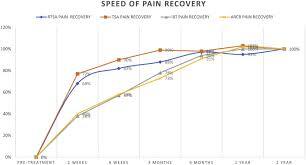
Why Athletes Trust Our Sports Injury Centre
Amicare Hospital is trusted by 750+ athletes across Delhi NCR for expert shoulder arthroscopy and advanced sports injury care. With state-of-the-art facilities and a high success rate under the guidance of Dr. Himanshu Gupta, we specialize in minimally invasive procedures that repair damage, restore shoulder function, and promote faster recovery—helping you return to your sport or active lifestyle with confidence.

COST OF SHOULDER ARTHROSCOPY
The cost of shoulder arthroscopy depends on the complexity of the injury, the specific repairs required, the surgeon’s expertise, and the length of hospital stay. Costs may vary if additional procedures (such as rotator cuff repair or labral repair) are performed during the arthroscopy. At Amicare, we offer transparent and personalized cost estimates tailored to your diagnosis and treatment plan.
The cost of shoulder arthroscopy depends on the nature of the injury, the extent of repair required, and the length of hospital stay. At Amicare, we provide transparent, personalized cost estimates to suit your needs.
Type of Procedure: May involve repairing torn ligaments, tendons, or cartilage, removing loose fragments, or treating shoulder instability.
Surgical Method: Performed using minimally invasive arthroscopic techniques through small incisions, allowing precise diagnosis and targeted repair.
Hospital Stay: Often performed as a day-care procedure, with same-day discharge in most cases, or 1 day of observation if necessary.
For an accurate estimate, contact us. Our goal is to make shoulder arthroscopy effective, efficient, and accessible.
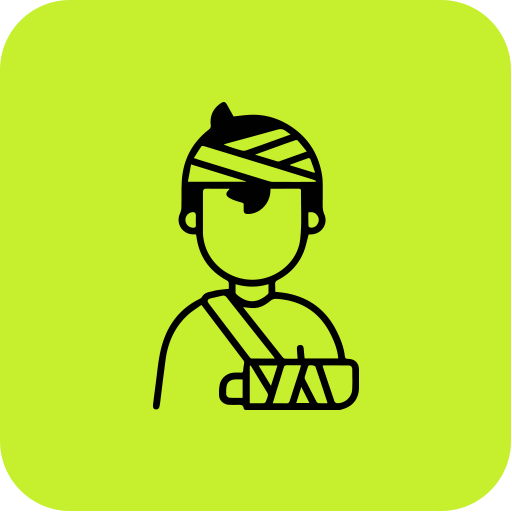
RECOVERY & PREVENTION TIPS AFTER SHOULDER ARTHROSCOPY
After shoulder arthroscopy, following your physiotherapist’s rehabilitation plan is essential for regaining strength and mobility. Start with gentle range-of-motion exercises, progress to strengthening stabilizing muscles, and avoid heavy lifting or overhead activities until cleared by your doctor. To prevent future shoulder injuries, maintain regular conditioning, warm up with dynamic stretches, and use proper sports techniques.
Recovering from shoulder arthroscopy requires a structured rehabilitation program and guided exercises. Dr. Gupta recommends the following:
Early Mobility: Begin with gentle, supervised range-of-motion exercises to maintain flexibility and prevent stiffness.
Strength Exercises: Gradually progress to strengthening the rotator cuff, scapular stabilizers, and surrounding muscles under physiotherapy guidance.
Activity Modification: Avoid heavy lifting or overhead activities until cleared, and focus on proper posture and movement to protect the healing joint.

COST OF SHOULDER ARTHROSCOPY
The cost of shoulder arthroscopy depends on the complexity of the injury, the specific repairs required, the surgeon’s expertise, and the length of hospital stay. Costs may vary if additional procedures (such as rotator cuff repair or labral repair) are performed during the arthroscopy. At Amicare, we offer transparent and personalized cost estimates tailored to your diagnosis and treatment plan.
The cost of shoulder arthroscopy depends on the nature of the injury, the extent of repair required, and the length of hospital stay. At Amicare, we provide transparent, personalized cost estimates to suit your needs.
Type of Procedure: May involve repairing torn ligaments, tendons, or cartilage, removing loose fragments, or treating shoulder instability.
Surgical Method: Performed using minimally invasive arthroscopic techniques through small incisions, allowing precise diagnosis and targeted repair.
Hospital Stay: Often performed as a day-care procedure, with same-day discharge in most cases, or 1 day of observation if necessary.
For an accurate estimate, contact us. Our goal is to make shoulder arthroscopy effective, efficient, and accessible.

RECOVERY & PREVENTION TIPS AFTER SHOULDER ARTHROSCOPY
After shoulder arthroscopy, following your physiotherapist’s rehabilitation plan is essential for regaining strength and mobility. Start with gentle range-of-motion exercises, progress to strengthening stabilizing muscles, and avoid heavy lifting or overhead activities until cleared by your doctor. To prevent future shoulder injuries, maintain regular conditioning, warm up with dynamic stretches, and use proper sports techniques.
Recovering from shoulder arthroscopy requires a structured rehabilitation program and guided exercises. Dr. Gupta recommends the following:
Early Mobility: Begin with gentle, supervised range-of-motion exercises to maintain flexibility and prevent stiffness.
Strength Exercises: Gradually progress to strengthening the rotator cuff, scapular stabilizers, and surrounding muscles under physiotherapy guidance.
Activity Modification: Avoid heavy lifting or overhead activities until cleared, and focus on proper posture and movement to protect the healing joint.
Frequently Asked Question
Dr. Himanshu Gupta is highly recommended for his expertise in minimally invasive shoulder surgeries, personalized treatment plans, and proven patient outcomes.
Pain after the surgery is usually mild to moderate and is well-managed with medications and physiotherapy. Most patients report significant relief compared to their pre-surgery discomfort.
Anterior shoulder dislocation accounts for around 90% of all cases.
It can treat rotator cuff tears, labral tears, frozen shoulder, bone spurs, recurrent dislocations, tendonitis, and cartilage damage.
In some cases, rest, physiotherapy, and medication can help. However, for severe injuries or when conservative treatments fail, shoulder arthroscopy may be the best option for long-term relief.
